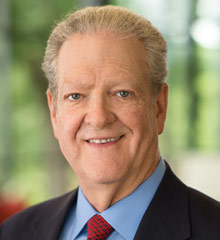Background of Ezra
Revised by Jione Havea, 6/23
The book of EzraScribe who helped establish Jewish practices in Jerusalem after the exile. More is situated in two separate historical settings that align with the two major sections of the book:
First, Ezra 1-6 narrates the events of 539-515 BCE. Following his defeat of the Babylonians in 539, CyrusPersian leader who allowed Jewish exiles to return home. More II of PersiaPersia was a southwestern Asian country. The Persian empire was a series of empires that occupied what is currently Afghanistan and Iran from 600 B.C.E. forward. Rulers of the Persian empire mentioned in the Bible are Cyrus and Darius. More gave permission to the Jewish exiles to return to their homeland and rebuild their templeThe Jerusalem temple, unlike the tabernacle, was a permanent structure, although (like the tabernacle) it was a place of worship and religious activity. On one occasion Jesus felt such activity was unacceptable and, as reported in all four Gospels, drove from the temple those engaged… More. Not all were eager to return. Those who did return rebuilt the altar and resumed the prescribed sacrifices, but the rebuilding of the temple lagged behind, despite offers of assistance from the surrounding peoples (Ezra 1-3). In 520 BCE, however, under the governorship of ZerubbabelThe governor of Judah who helped rebuild the Temple after the exile. More and the prophetic leadership of HaggaiProphet who urged rebuilding the Temple after the exile. More and Zechariah, temple reconstruction was begun and finally completed in 515 (Ezra 4-6).
The first section, then, focuses on the rebuilding of the temple (Second Temple) as the “house” of the Lord.
Second, Ezra 7-10 describes the activity of Ezra the scribeA scribe is a person paid to write books or documents by hand. In Jesus’ time, scribes were credentialed interpreters of Jewish law. Scribes in the New Testament, along with the elders and chief priests, are among Jesus’ most committed opponents, although on one occasion… More (458-430 BCE), a priestA priest is a person who has the authority to perform religious rites. In New Testament times priests were responsible for daily offerings and sacrifices in the temple. More commissioned by Artaxerxes I to rebuild the spiritual life of the Jewish community in the Persian province/satrapy of “Beyond the River”–Yehud (JudahJudah was the name of Jacob’s fourth son and one of the 12 tribes. More)–and bring it into conformity with the law of MosesProphet who led Israel out of Egypt to the Promised Land and received the law at Sinai. More (Ezra 7). Two aspects of Ezra’s mission are lifted up, the reading of the law that took place shortly after his arrival in 458 (NehemiahThe governor of Jerusalem who rebuilt the city walls after the exile. More 8) and his efforts to deal with the problem of mixed marriages (Ezra 9-10).
The second section focuses on rebuilding the community, also as the “house” of the Lord.

